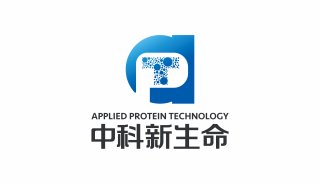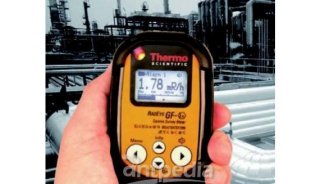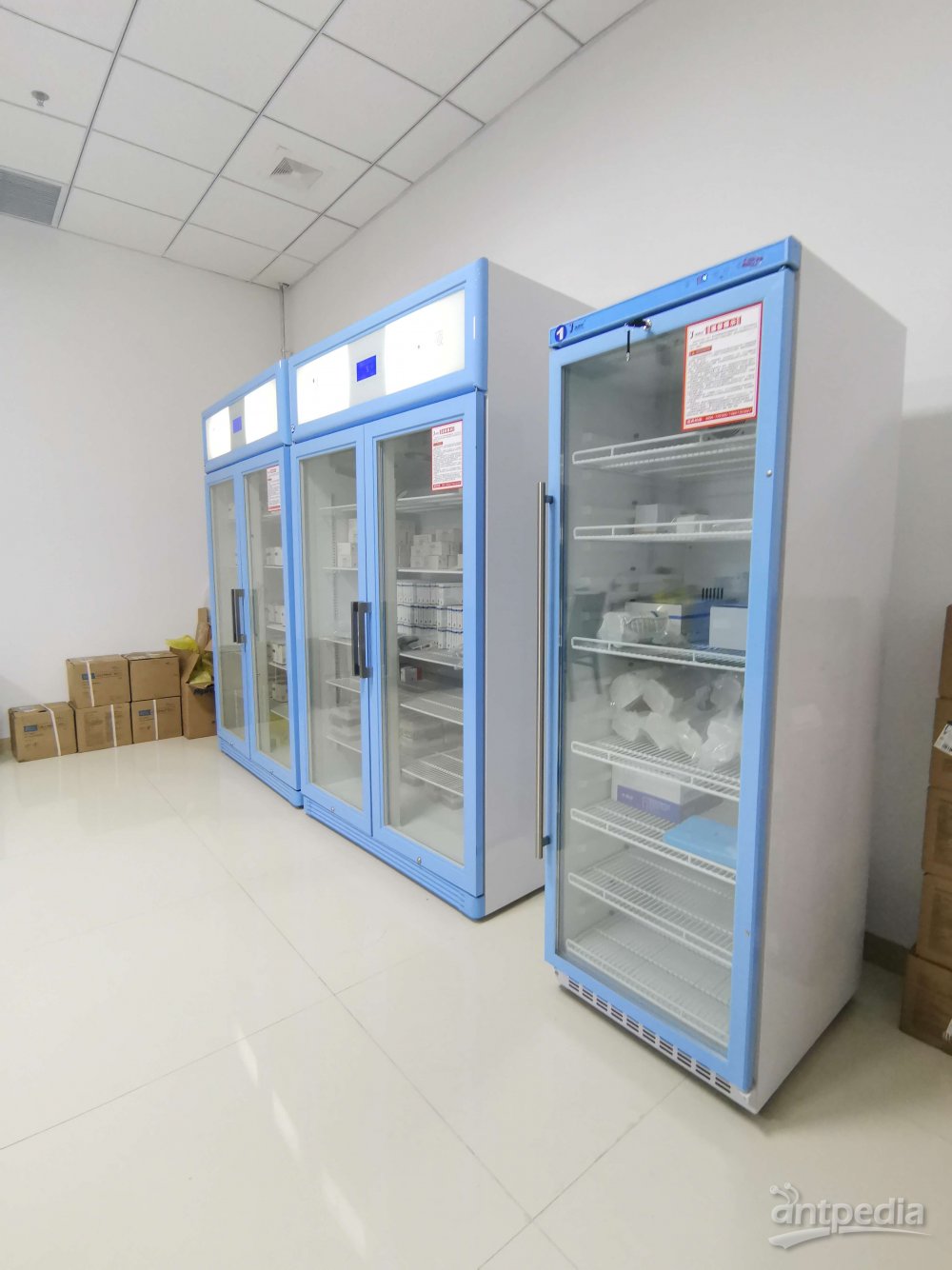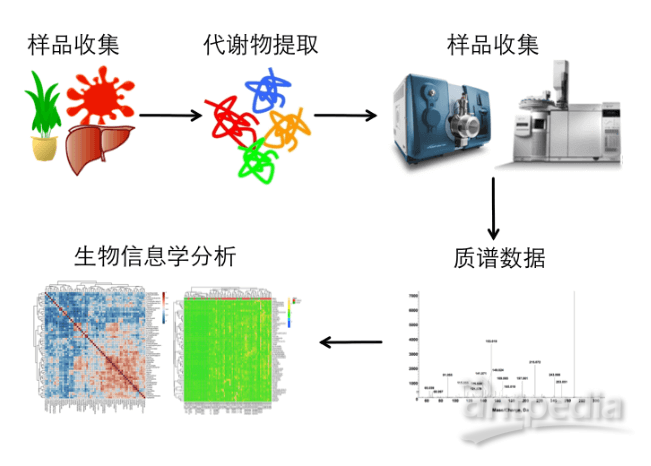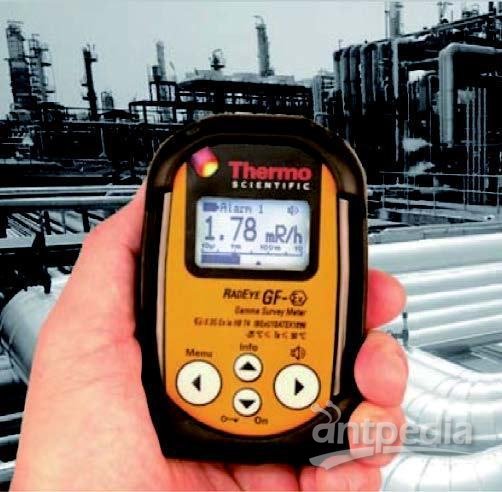CD表面抗原标志物功能1-49
Primary references
American Journal of Clinical Pathology (AJCP), August 1975 to February 2006
American Journal of Surgical Pathology (AJSP), March 1977 to February 2006
Archives of Pathology and Lab Medicine (Archives), January 1976 to February 2006
Human Pathology (Hum Path), March 1970 to February 2006
Modern Pathology (Mod Path), January 1988 to February 2006
Rosai, J: Ackerman’s Surgical Pathology (9th Ed); Mosby, 2004
Sternberg, S: Diagnostic Surgical Pathology (4th Ed); Lippincott Williams & Wilkins, 2004
University of Pittsburgh Medical Center Case Reports, cases 1-462
CD Marker websites: http://www.hlda8.org/CD1toCD339.htm,http://ca.expasy.org/cgi-bin/lists?cdlist.txt, Protein Reviews On the Web,http://www.ebioscience.com/ebioscience/whatsnew/humancdchart.htm
We welcome your contributions of digital images, which we will post in the appropriate section of this chapter, and which help pathologists worldwide.
To contribute, email your digital images (GIF or JPG, any size) to Dr. Pernick at info@PathologyOutlines.com. We will list your name as a contributor unless you want to be anonymous. Click here for more information
Images are particularly needed for these CD markers:
CD11a, CD11b, CD11c, CD13, CD15s, CD16a, Cd16b, CD17-CD19, CD22, CD24-CD29, CD32-CD33, CD35-CD42, CD45RB, CD45RC, CD46-CD48, CD49a-f
Background
CD: cluster designation or cluster of differentiation
Nomenclature proposed in 1982 at First International Workshop and Conference on Human Leukocyte Differentiation Antigens (HLDA); workshops now called Human Cell Differentiation Molecules
Classification system for monoclonal antibodies generated by laboratories worldwide against cell surface molecules on leukocytes initially, now also antigens from other cell types
Data collated and analyzed by cluster analysis based on pattern of binding to leukocytes or other cell types
Must be at least two monoclonal antibodies for each antigen
“w" indicates the CD is not well characterized or is represented by only one monoclonal antibody
Interpretation should be based on cellular distribution of staining (i.e. membranous, cytoplasmic, nuclear), proportion of positively stained cells, staining intensity and cutoff levels
Used in immunohistochemistry and flow cytometry
References: J Immunol 1994;152:1, Bull World Health Organ 1997;75:385, J Immunol Methods 2003;275:1-8, Blood 2005;106:3123
Family of non-polymorphic MHC class I-like glycoproteins on surface of various antigen-presenting cells
Member of immunoglobulin superfamily
Has 5 different subsets (CD1a - CD1e), all noncovalently associated with beta 2 microglobulin, all on #1q22-23 (non MHC linked)
The different CD1 forms bind to different types of lipid antigen based on differences in their antigen binding grooves (Nat Rev Immunol 2005;5:387)
Cellular infection with live Mycobacteria tuberculosis or exposure to mycobacterial cell wall products converts CD1 negative myeloid precursors into competent CD1+ antigen presenting cells (J Immunol 2005;175:1758); pollen lipids are also recognized as antigens by T cells via CD1 dependent pathway (J Exp Med 2005;202:295); may generate inflammatory component in atherosclerotic lesions (Am J Pathol 1999;155:775)
Inhibition of CD1 expression may be a mechanism of immune system evasion by metastatic melanoma (Am J Path 2004;165:1853),Leishmania donovani (Infect Immun 2004;72:589), and some Mycobacterial infections
Function: involved in presentation of autologous and bacterial lipid antigens to T cells; may also mediate thymic T cell development
Uses: diagnosis of Langerhans cell histiocytosis
Positive staining (normal): cortical thymocytes (70%), activated T cells, Langerhans cells, interdigitating dendritic cells
Positive staining (disease): Langerhans cell histiocytosis, pre T ALL with cortical thymocyte phenotype; indolent T cell lymphoblastic proliferations (AJSP 1999;23:977; AJSP 2001;25:411), thymoma (Jpn J Thorac Cardiovasc Surg 2003;51:481)
Negative staining: mature peripheral T cells, peripheral T cell lymphomas
CD1a
Also called Leu6
On chromosome 1q22-23 (not MHC linked)
T cell surface antigen important in dendritic cell presentation of glycolipids and lipopeptide antigens
May activate intrathyroidal T cells in Hashimoto’s thyroiditis and Grave’s disease (J Immunol 2005;174:3773)
Interpretation: membranous staining
Uses: diagnosis of Langerhans cell histiocytosis and exclusion of other entities that are CD1a negative
Positive staining (normal): cortical thymocytes, Langerhans cells (Langerin+, CD86+), immature dendritic cells (Langerin-, CD86-, HLA-DR low, CD40-low)
Positive staining (disease): Langerhans cell histiocytosis (fairly specific), myeloid leukemias, mycosis fungoides (variable), almost all cutaneous T cell lymphomas, T-ALL (age 28-60 years, AJCP 2002;117:252), dendritic cells in dermis/epidermis of benign inflammatory skin disorders including pseudolymphomatous folliculitis (AJSP 1999;23:1313), spongiotic dermatitis and lichen planus (Arch Dermatol Res 2002;294:297), psoriasis (J Cutan Pathol 1995;22:223); Barrett’s metaplasia of esophagus (Br J Cancer 2005;92:888), monocytes in most sickle cell anemia patients (Hum Immunol 2004;65:1370)
Negative staining: normal B cells, dendritic cells in most cutaneous B cell lymphomas (AJCP 2001;116:72), histiocytic lymphoma / sarcoma, histiocytoma, follicular dendritic cells, follicular dendritic cell tumor, interdigitating dendritic cells (variable, AJSP 1998;22:1048, AJCP 2001;115:589), interdigitating dendritic cell sarcoma, dendritic cell neurofibroma, juvenile xanthogranuloma, sinus histiocytosis with massive lymphadenopathy, Erdheim-Chester disease
References: AJSP 2001;25:630 (Langerhans cell histiocytosis), J Clin Invest 2004;113:701 (Langerhans cells), OMIM 188370
CD1b
On chromosome 1q22-23 (not MHC linked); noncovalently associated with beta2 microglobulin
Can present to antigen presenting cells a set of glycolipid species with broad range of variation in length of acyl chains (J Immunol 2004;172:2382), including those from pathogenic Mycobacteria tuberculosis and Mycobacteria leprae to cytotoxic T cells
Uses: no significant clinical use by pathologists
Positive staining (normal): cortical thymocytes, Langerhans cells (weaker staining than CD1a), myeloid dendritic cells, brain pyramidal cells, subpopulation of B cells
Positive staining (disease): dendritic cells in mycosis fungoides (J Cutan Pathol 1995;22:223); myeloid leukemias, some B and T cell malignancies, monocytes of most sickle cell anemia patients (Hum Immunol 2004;65:1370)
Negative staining: normal B cells
References: OMIM 188360
CD1c
On chromosome 1q22-23 (not MHC linked); noncovalently associated with beta 2 microglobulin
Activated by phospholipid antigen produced by Mycobacteria tuberculosis and M. bovis Bacille-Calmette-Guerin (J Exp Med 2004;200:1559, Nature 2000;404:884); assists with presentation of lipid antigens
May activate intrathyroidal T cells in Hashimoto’s thyroiditis and Grave’s disease (J Immunol 2005;174:3773); may promote autoantibodies in systemic lupus erythematosus (J Immunol 2000;165:5338)
B-CLL cells downregulate CD1c genes, which may mediate evasion of immune response (Leukemia 2002;16:2429)
Uses: no significant clinical use by pathologists






